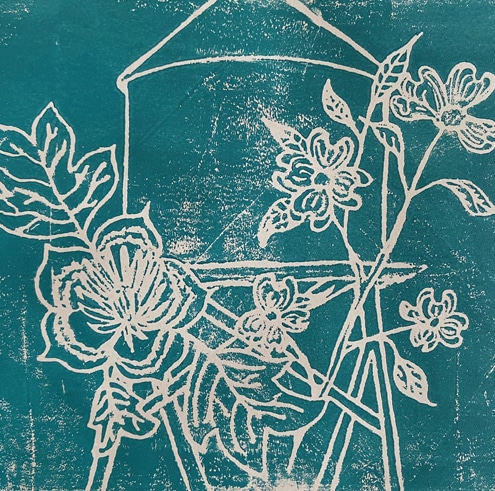Arts integration activities awaken creativity and promote hands-on learning. Each WAMS unit has companion art-making lessons that include background information, materials lists, art vocabulary, and step-by-step instructions.
1492 – 1734, Early Encounters
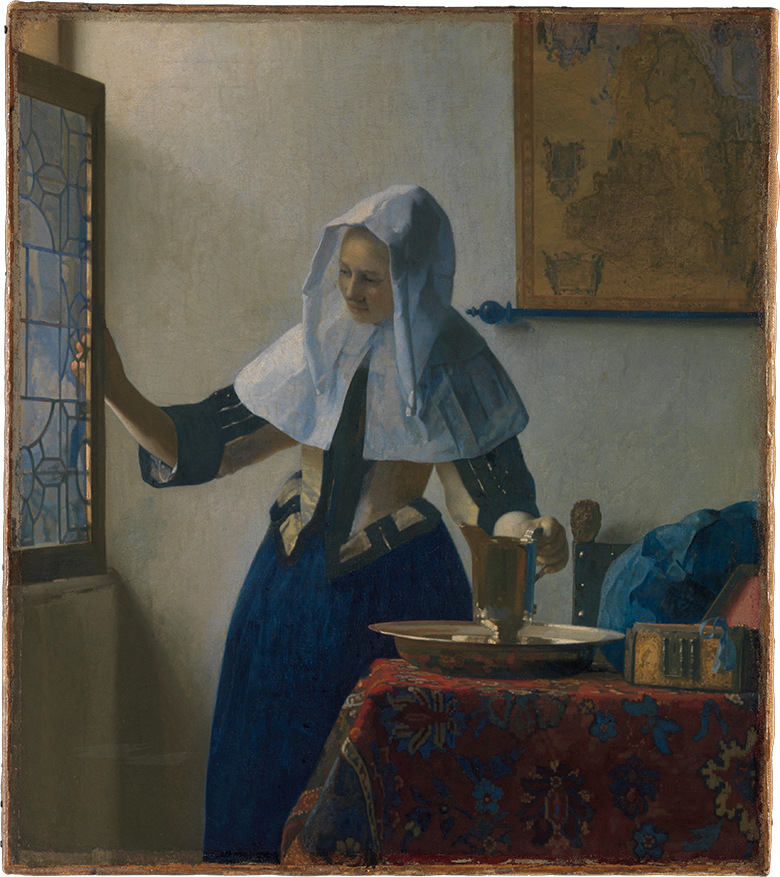
Vermeer’s Portrait of Wealth and Trade
The Dutch Republic’s trade empire was far-reaching and lucrative. Four hundred years later, global trade is still essential to the success of many national economies, including that of the United States. In this activity, students will imagine they are twenty-first century artists commissioned to create a portrait of wealth and trade for the modern United States.
Go to Resource: Vermeer’s Portrait of Wealth and Trade
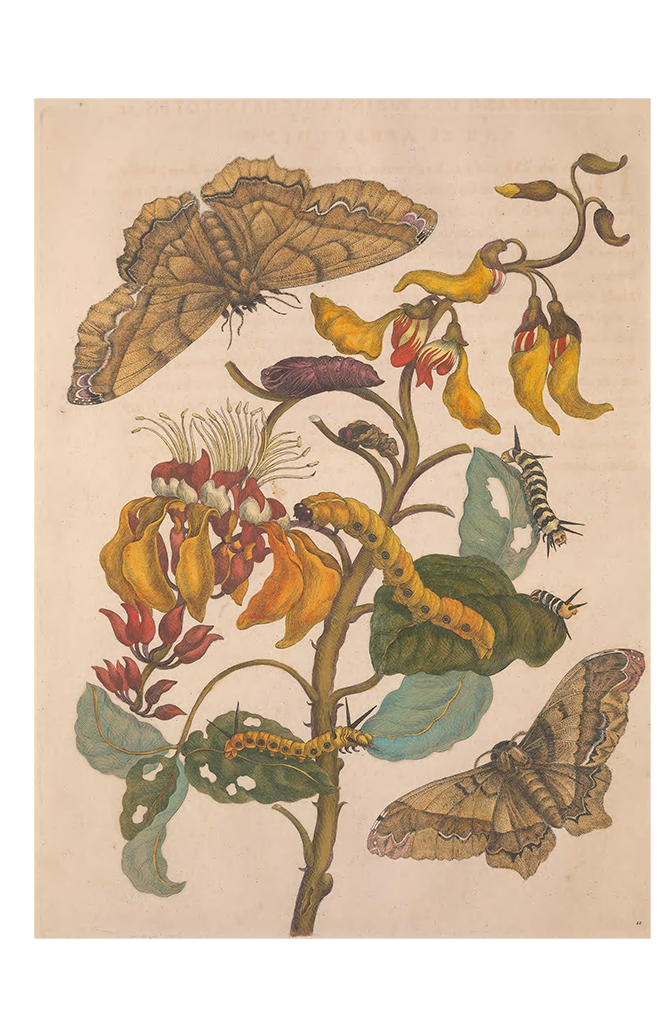
Adventuring for Art and Science
Maria Sibylla Merian’s fascination with the plants and animals in her childhood backyard provided a foundation for her future scientific career. In this activity, students will embody the role of environmental scientist by finding, recording, and sketching flora and fauna in their communities. Then, inspired by Maria’s artwork, students will create a watercolor illustration that showcases their discoveries.
Go to Life Story: Maria Sibylla Merian
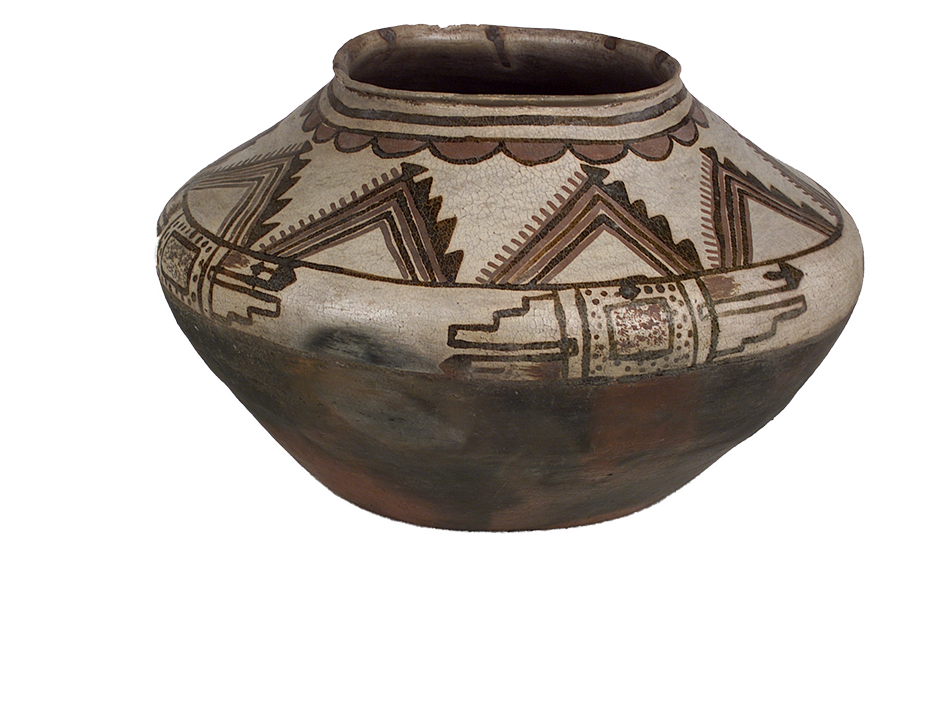
Revolution in Art
Ceramics is a long-standing and important art form to the Pueblo and Hopi nations that dates back to the fifteenth century. Today, ceramics continue to be a vibrant form of artistic expression practiced by these nations. In this activity, students will create their own clay pots and explore the authentic artistic process used to make Pueblo pottery.
Go to Resource: Revolution in Art
1692 – 1783, Settler Colonialism and the American Revolution
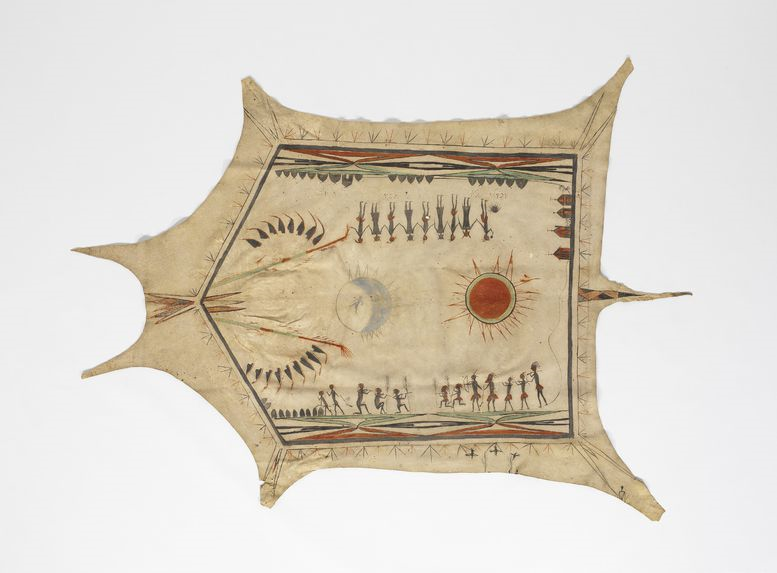
Quapaw Masterpiece
Considered to be masterpieces of Native art, painted buffalo hides created by Quapaw women in the 18th century functioned as both wearable and decorative pieces. In this activity, students consider how Quapaw women used these works of art to tell a story and then use fabric paint to create a wearable or decorative piece that tells a story about their community.
Go to Resource: Quapaw Masterpiece
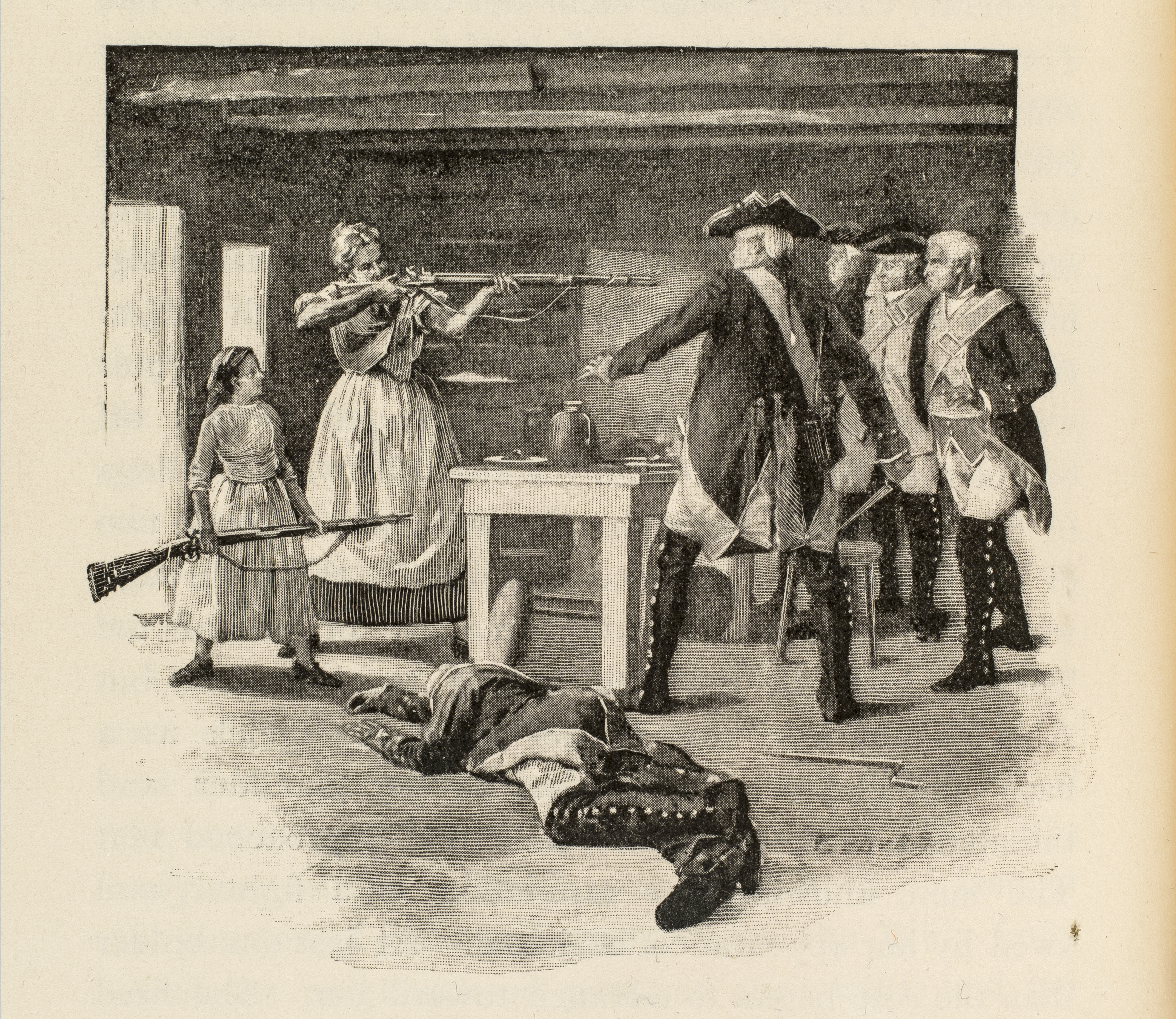
A Colonial Woman Who Became an American Legend
Information about individuals who lived long ago can change depending on who is telling their story and for what purpose. Artist depictions of historical figures can also heavily influence the way that they are remembered. In this activity, students consider how women of the colonial period and the Revolutionary era have been remembered through art and storytelling by analyzing portraits and then creating their own.
Go to Life Story: Nancy Morgan Hart
1776-1831, Building a New Nation
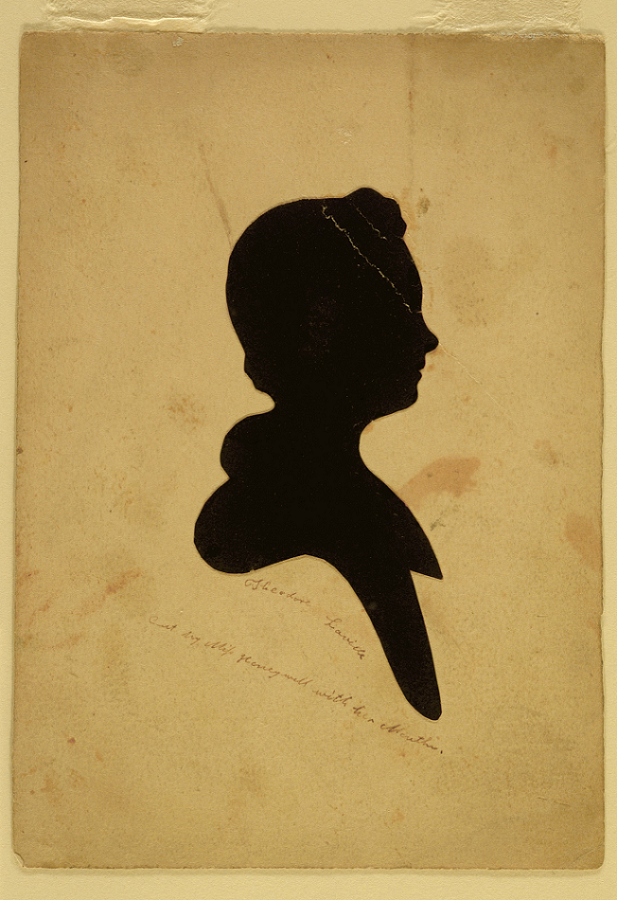
Silhouettes
Silhouettes were a popular form of portraiture in the United States during the 18th and 19th centuries. Artists could create these portraits for clients in cities and small towns, and in both public and private spaces. For this reason, historians call silhouettes the most democratic art form of the Federal period. In this activity, students will consider why that is and then create their own silhouette of a classmate.
Go to Resource: Silhouettes
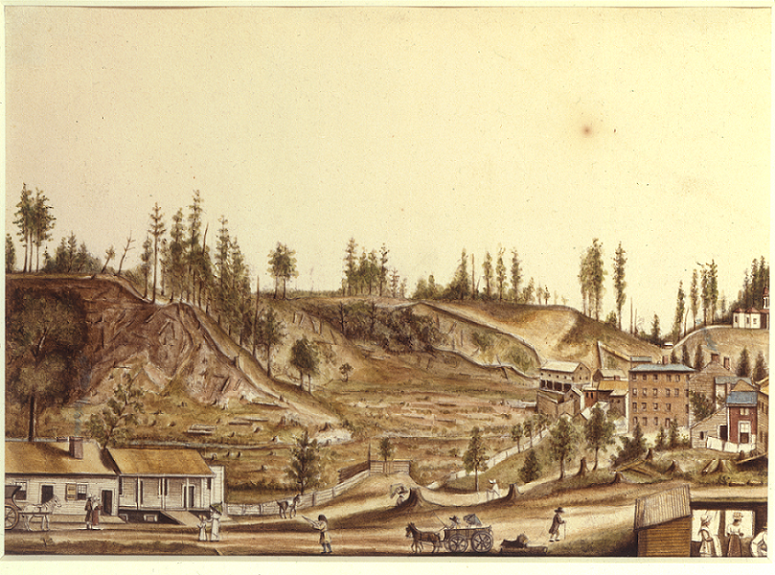
Observations of the New Nation
People traveled from far and wide to learn about the new United States. But not everyone could afford the luxury of seeing the new nation for themselves. Instead, they learned about the U.S. from friends, artists, and writers who traveled there. One such artist was the Baroness Hyde de Neuville who drew and painted the places she and her husband visited. In this activity, students will analyze Baroness Hyde de Neuville's work and create their own visual diaries in graphite and watercolor that capture where they live today.
Go to Resource: Observations of the New Nation
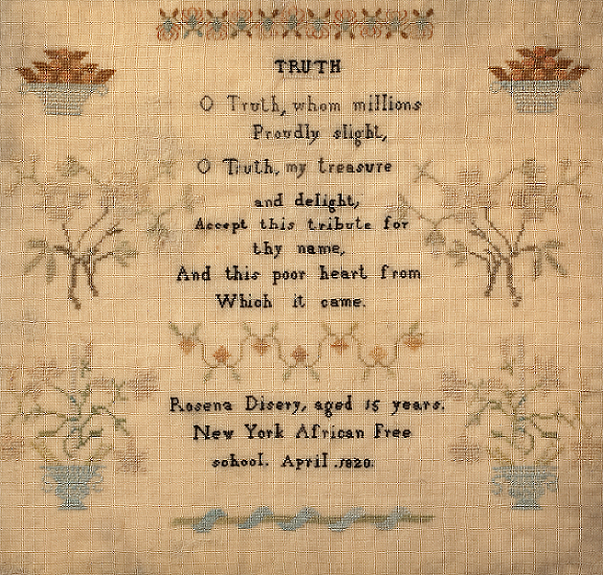
Propagating "American" Womanhood
During the early Federal period, creating samplers came to be seen as one of the ways women could demonstrate their aspirations to the ideal of “American” womanhood. Young girls had differing experiences with the creation of samplers across racial identity. In this activity, students will analyze samplers created by young Black and Cherokee girls and discuss what can be learned about their experiences with the propagation of white “American” womanhood in education during the early Federal period from their work. Then, they will create their own sampler displaying a theme of personal significance to them.
Go to Resource: Propagating "American" Womanhood
1832-1877, A Nation Divided
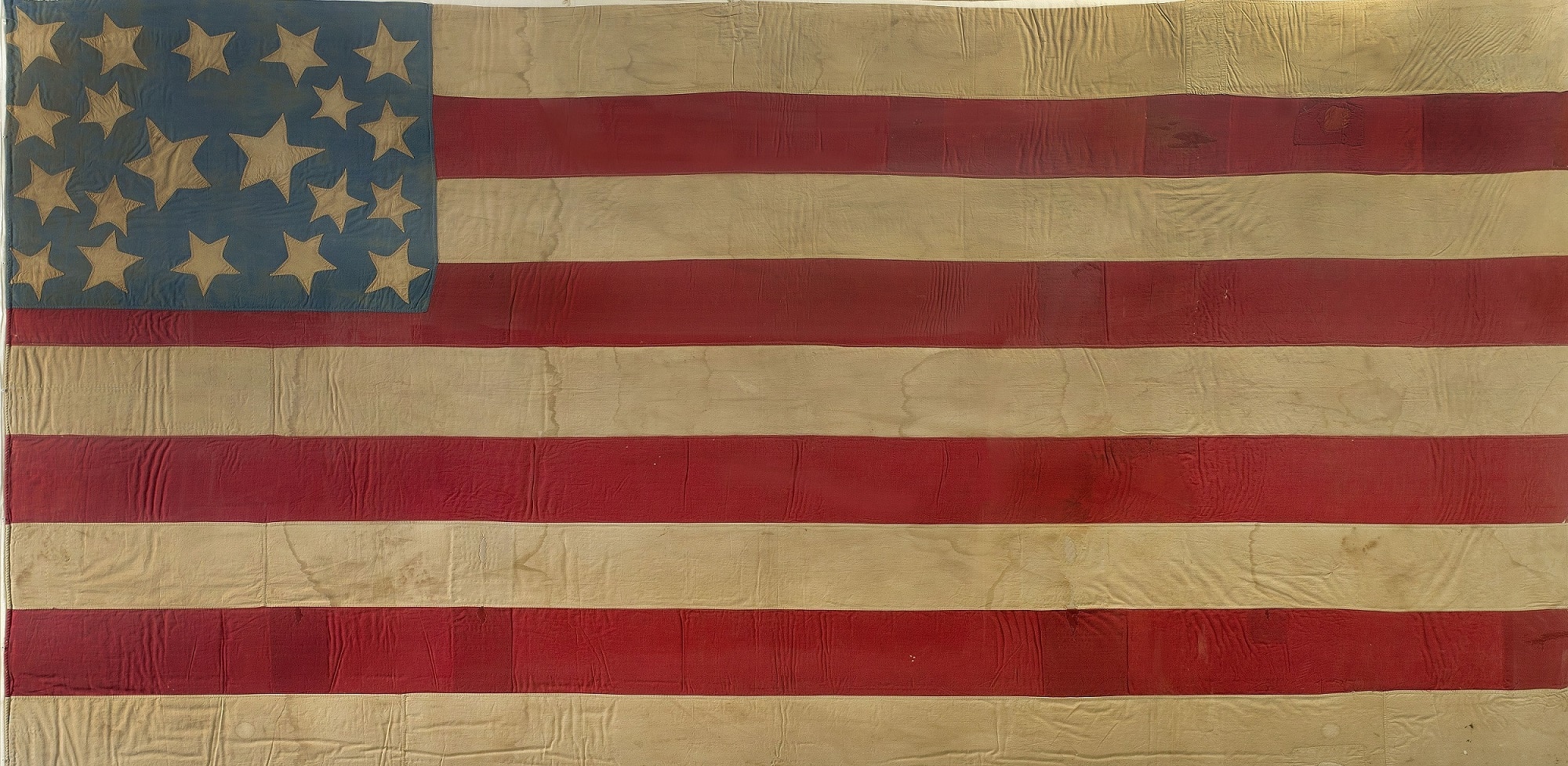
Abolitionist Crafts
In the 1800s, women were not supposed to express their political beliefs publicly. Yet women during the Antebellum period found ways to contribute to the Abolitionist Movement. In this activity, students will consider the process and politics behind an abolitionist flag and then create their own version of an abolitionist flag inspired by the constitution of the Salem Female Anti-Slavery Society using hand-stitching and appliqué.
Go to Resource: Abolitionist Crafts
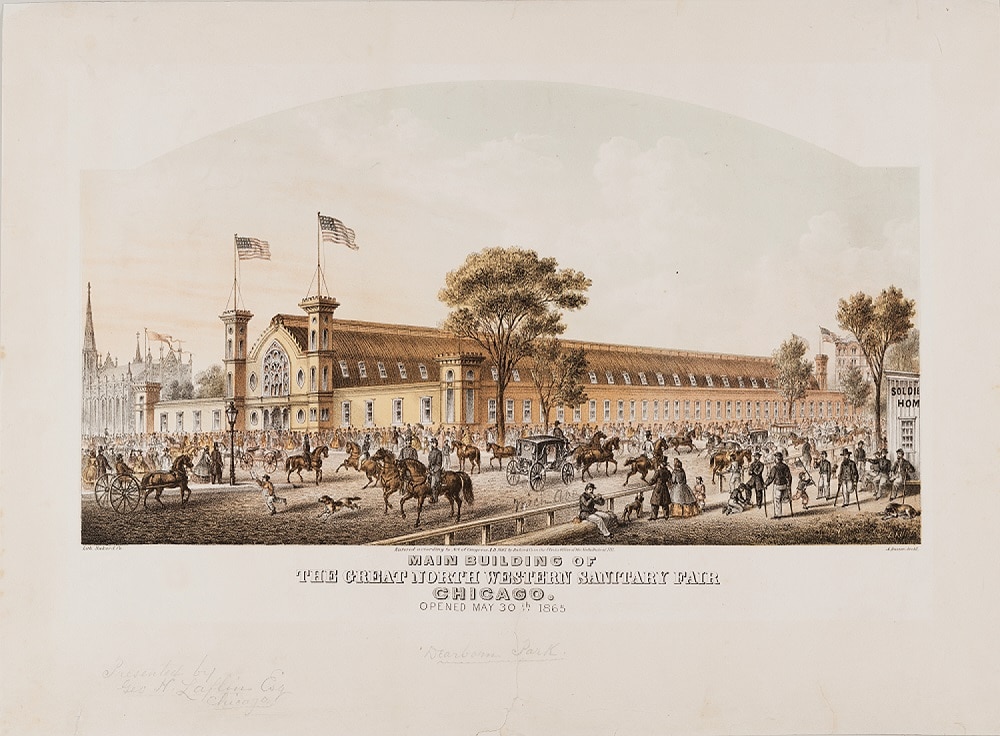
Sanitary Fairs
During the Civil War, women created dioramas that advanced the Union cause and organized Sanitary Fairs where their dioramas and other crafts were sold to raise funds for hospitals and soldiers wounded in battle. In this activity, students will choose a WAMS life story to study to learn about a woman who lived through the Civil War. Students will then create a diorama depicting a scene that captures the woman they studied taking action.
Go to Resource: Sanitary Fairs
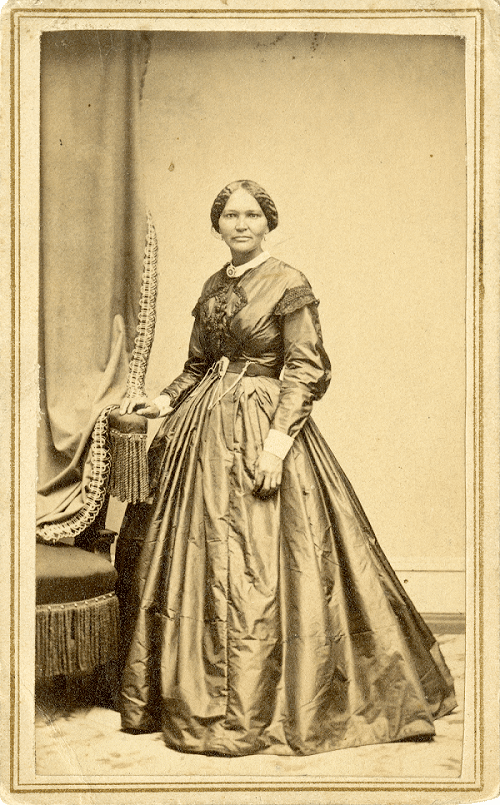
From Slavery to Fashion Entrepreneur
Elizabeth Keckley was a self-emancipated woman, abolitionist, and accomplished dressmaker. She established her own business and cultivated a clientele of the wives of the political elite. In this activity, students will imagine that they are fashion designers designing clothing for a modern social or political figure. They will create a fashion illustration that captures the beliefs of the woman whom they are “dressing.”
Go to Life Story: Elizabeth Keckley
1866-1904, Industry and Empire
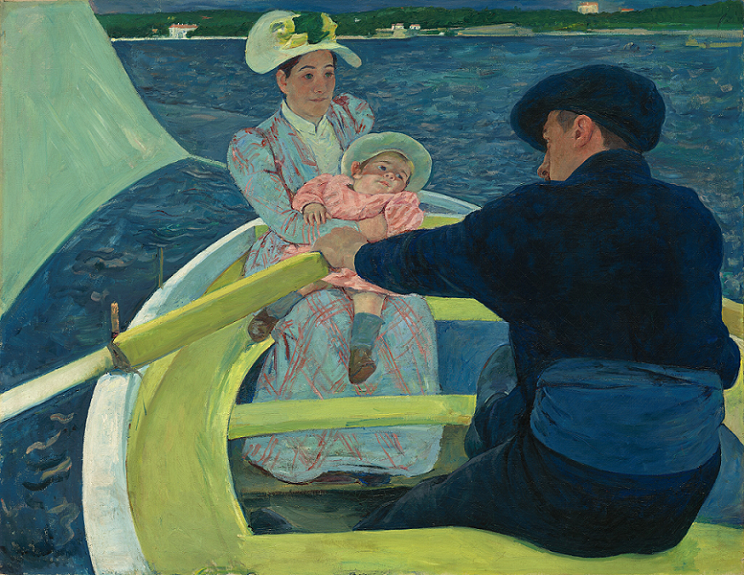
Modern Womanhood in Art
When American artist Mary Cassatt traveled to Paris she was invited to exhibit with artists of the Impressionist movement. Impressionist artists depicted scenes of modern, everyday life and often painted outdoors. In her paintings, Cassatt focused specifically on the private and social lives of middle- and upper-class women. In this activity, students will analyze Cassatt's paintings and discuss how ideas of identity, gender, and womanhood have changed since the 19th century. They will use those conversations to inspire their own Impressionist portrait of what womanhood means to them in the 21st century.
Go to Resource: Modern Womanhood in Art
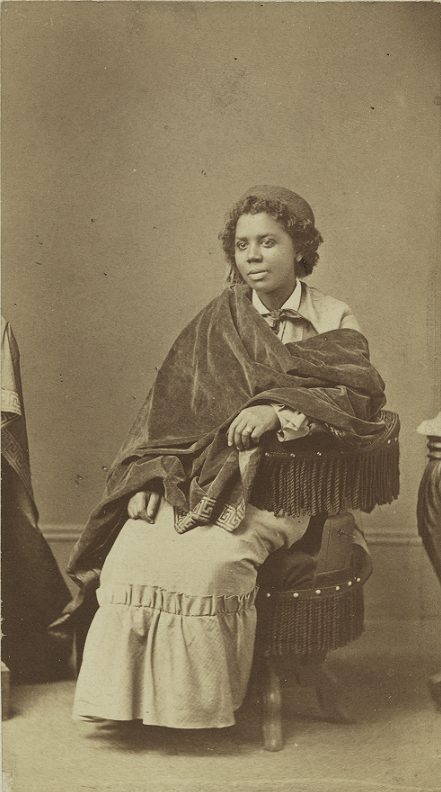
Edmonia Lewis
Edmonia “Wildfire” Lewis was a Black and Chippewa sculptor who combated racism and sexism in the art world to create a successful career. Her first works were small portrait medallions of famous American abolitionists and she later went on to create busts and large-scale marble sculptures. Many of her sculptures are known for their activist themes and depictions of her Indigenous heritage. In this activity, students will draw inspiration from Edmonia Lewis's work to create their own portrait medallions that commemorate a woman from the Industry and Empire unit of Women & the American Story.
Go to Life Story: Edmonia Lewis
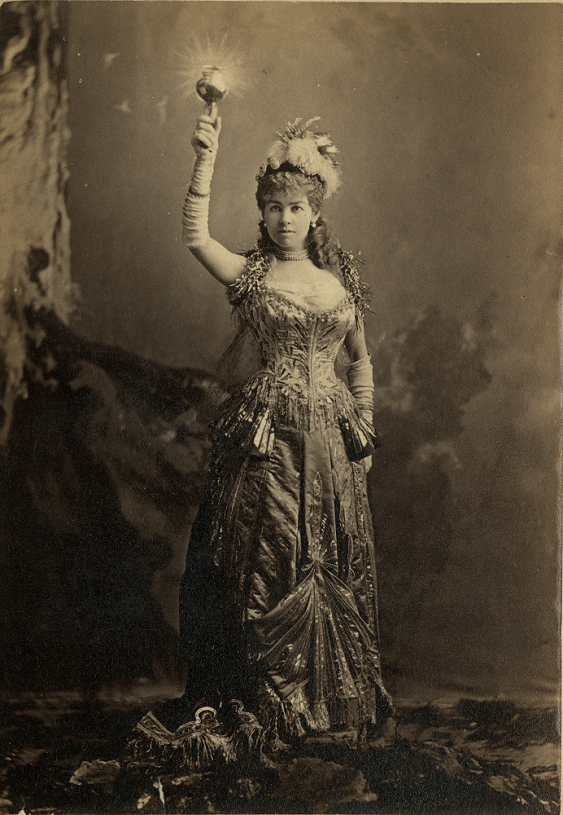
Vanderbilt Costume Ball
In 1883, Alva Vanderbilt hosted a costume ball. The cost of the party was extravagant and the costumes worn by guests symbolized both the excesses and the inventions of the Gilded Age. In this activity, students will create a costume for a working class woman of the Gilded Age inspired by the designs worn at the Vanderbilt costume ball.
Go to Resource: Vanderbilt Costume Ball
1889-1920, Modernizing America
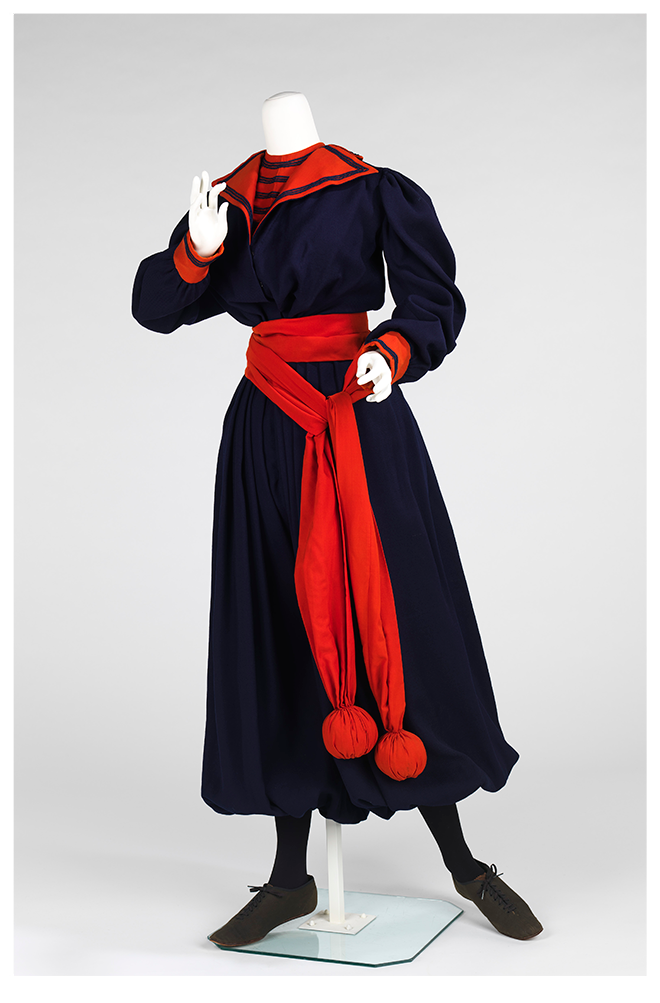
Exercise and Functional Fashion
Industrialized clothing manufacturing paved the way for new department stores in the second half of the 20th century. This new urban space helped change the way women lived in cities. In this activity, students will embody the role of creative designer for a 19th century department store on Ladies’ Mile. Their job is to market a new recreational outfit worn by the modern women by constructing a window display.
Go to Resource: Exercise and Functional Fashion
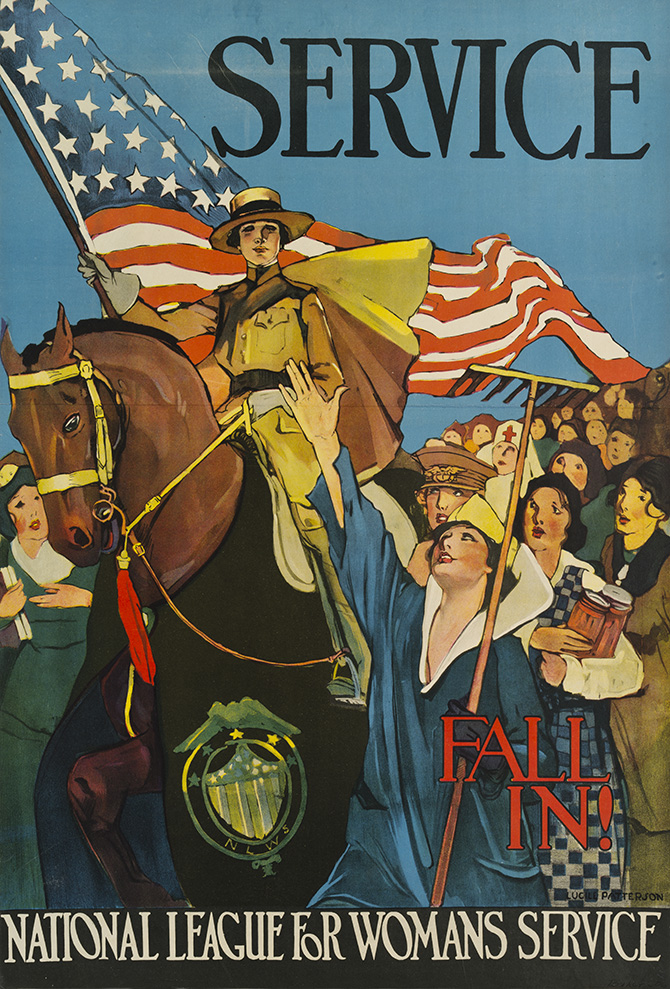
Recruiting Women to the War Effort
War posters saturated the American landscape during World War I. Women were specifically targeted as essential war-time contributors on the homefront. In this activity students will take inspiration from authentic World War I posters and design a reimagined war poster. They will address the stereotypes and biases used by wartime artists and create a design that more accurately and inclusively represents women’s wartime roles.
Go to Resource: Recruiting Women to the War Effort
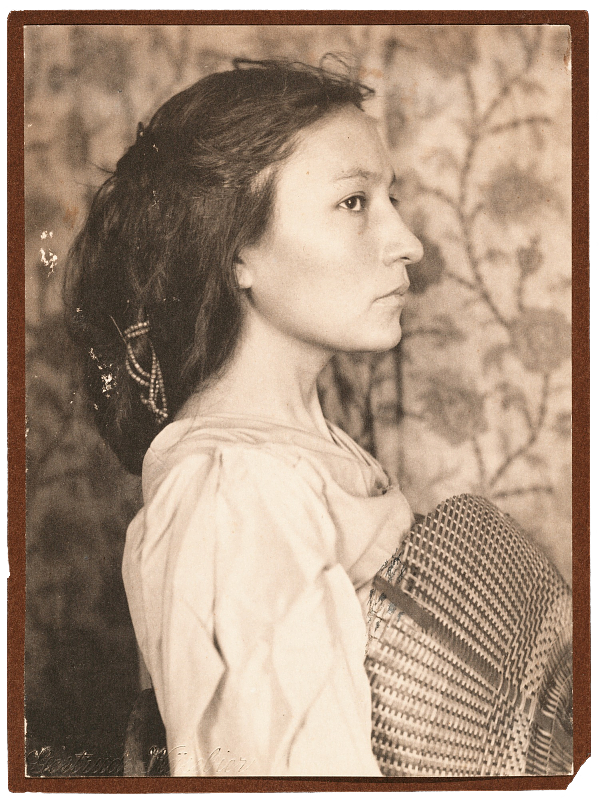
Zitkala-Sa and Portrait Photography
Gertrude Käsebier is considered one of the most influential female photographers of the early 20th century and often photographed underrepresented groups in her work. In this activity inspired by portraits of Zitkala-Sa, students will compose and photograph a series of portraits of a classmate using clothing, objects, and backgrounds that represent different aspects of their partner’s identity.
Go to Life Story: Zitkala-Sa
1920-1948, Confidence and Crises
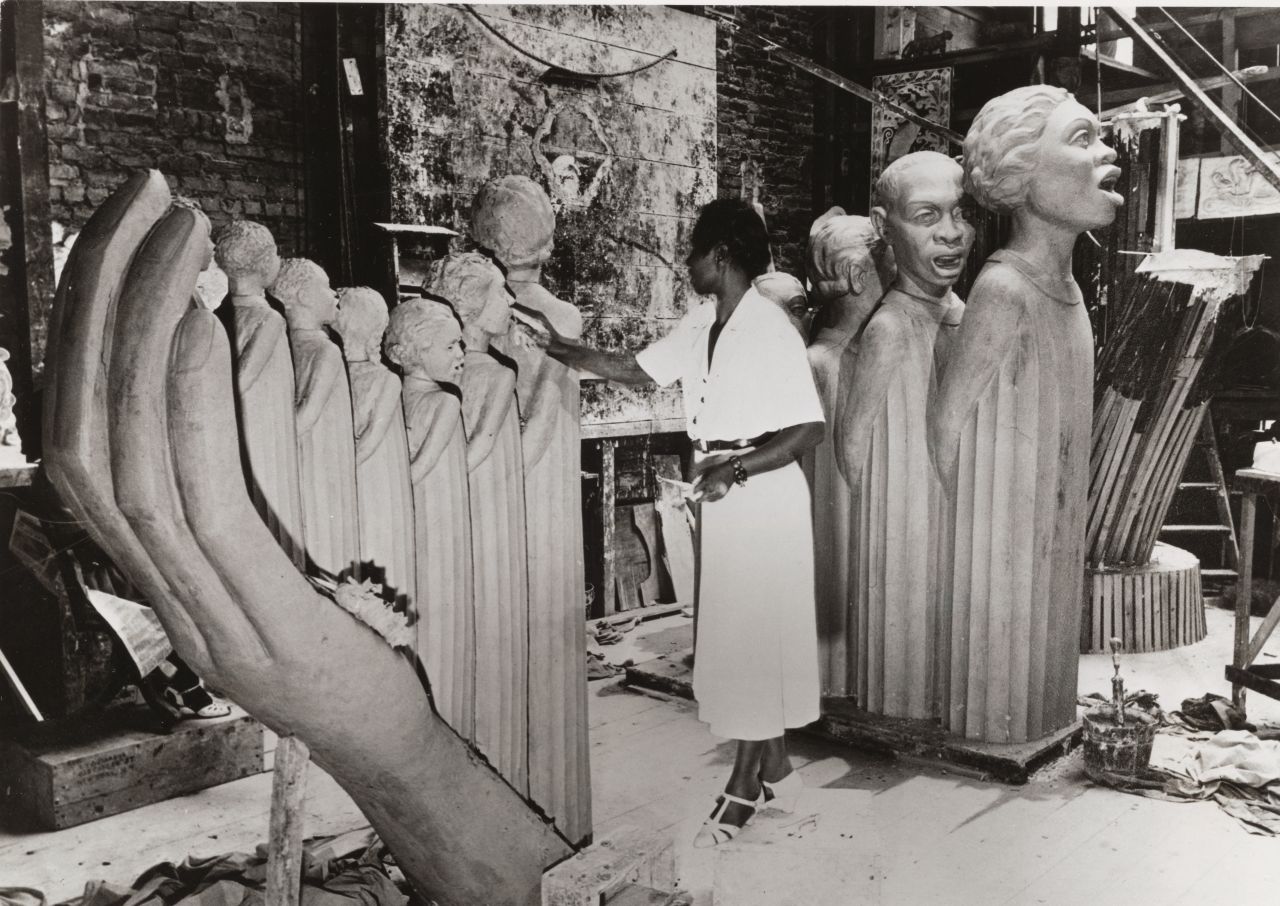
Activist Art on a World Stage
Sculptor Augusta Savage's work combated the racism and visual stereotypes that were pervasive in imagery of the Jim Crow Era. In this activity, students consider Augusta Savage’s inspiration for "The Harp", and create their own sculpture in response to a piece of music that has personal significance to them.
Go to Resource: Activist Art on a World Stage
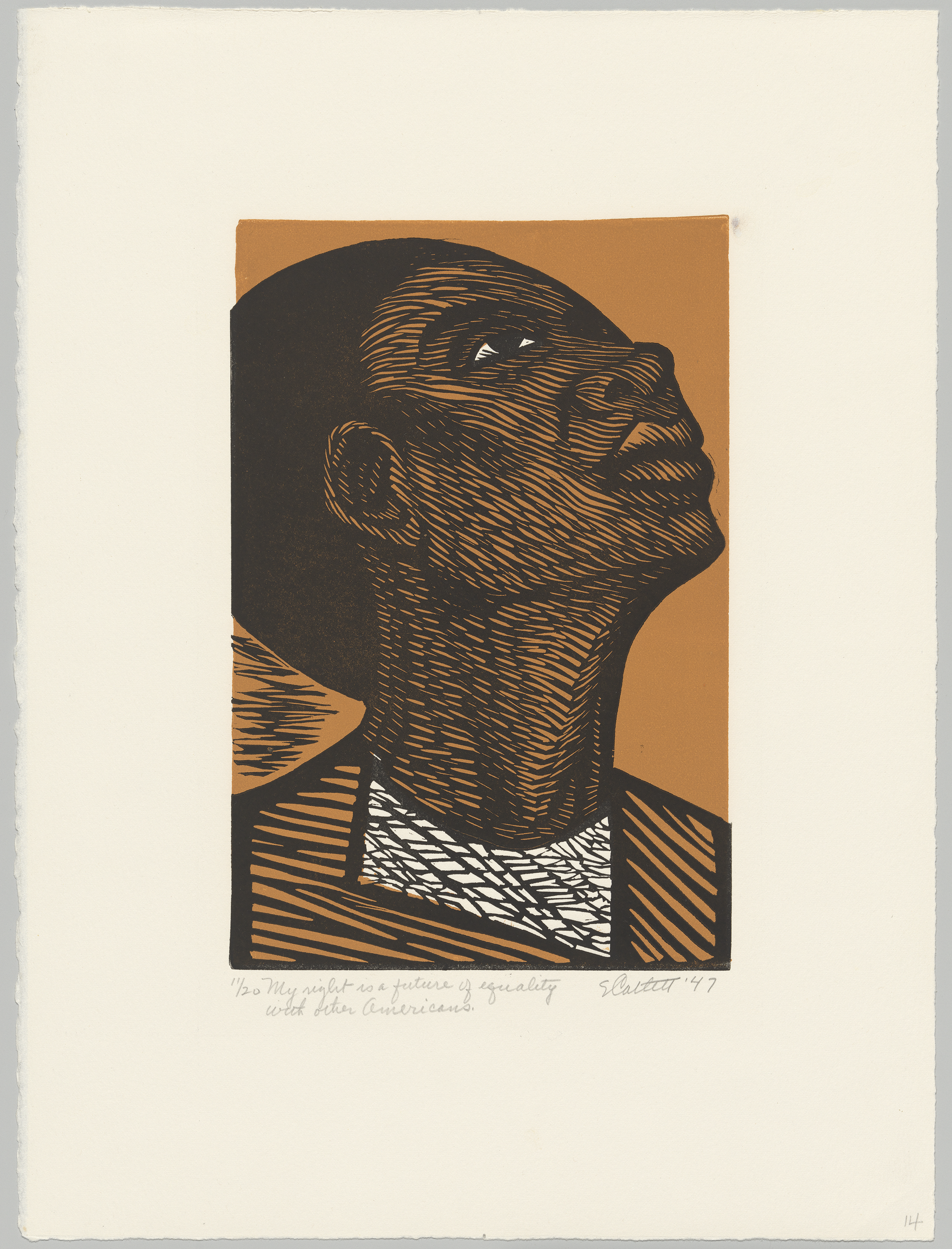
Reflecting on the Black Experience
African-American artist Elizabeth Catlett used printmaking techniques to explore themes of race and feminism in America. Her 1946 linocut series I am the black woman depicts the experiences of Black women in the 20th century. In this activity, students consider Catlett’s artistic process and inspirations for her series. They then create their own prints presenting an interpretation of their personal identity.
Go to Resource: Reflecting on the Black Experience
1948-1977, Growth and Turmoil
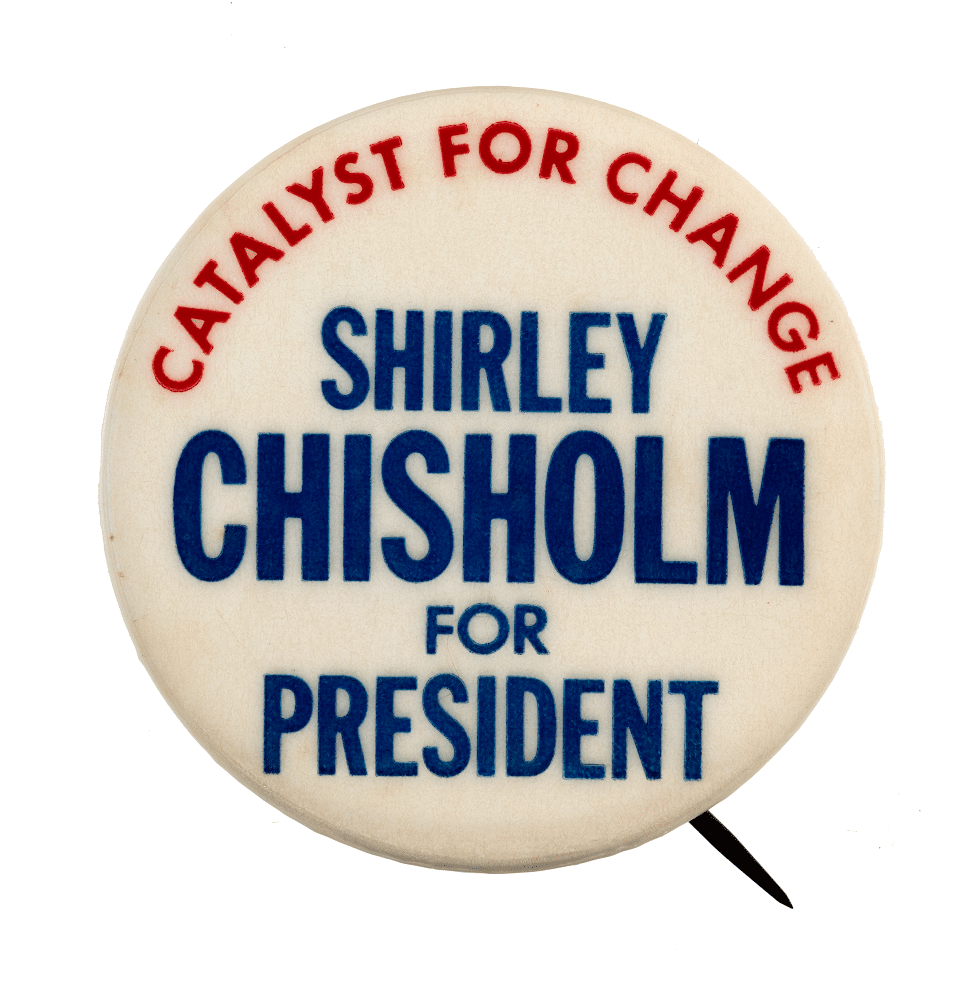
Political Buttons
Political buttons in the United States can be traced all the way back to President George Washington’s first inauguration in 1789. In this activity, students will draw inspiration from pinback buttons of the 1970s, such as those used in Shirley Chisholm’s run for the presidency, and create their own set of buttons that express the views of a social movement or political campaign of that time period.
Go to Resource: Shirley Chisholm Runs for President
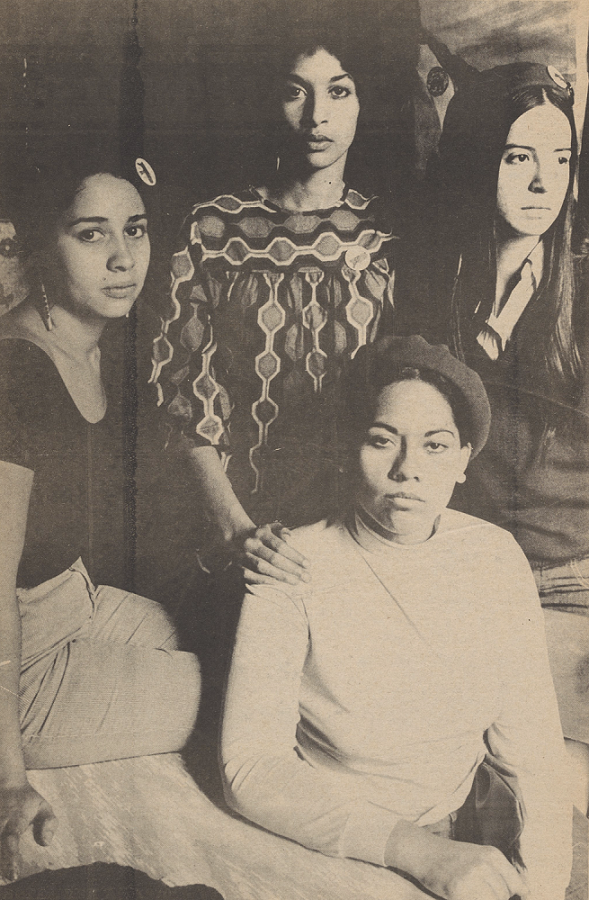
Zines and Revolutionaries
Women of many different races, cultures, and identities led activist groups and collectives across the 1960s and 1970s in pursuit of their beliefs. One of the ways that these groups shared ideas was through the creation and distribution of pamphlets and newspapers. In this activity, students will read and analyze a variety of publications created and distributed by activist groups and collectives in the 1960s and 1970s. Drawing inspiration from them, students will work in small groups to create zines responding to what they’ve learned about activist women’s groups during this time period.
Go to Resources: Fighting Machismo, Women of All Red Nations, Lesbians in Revolt
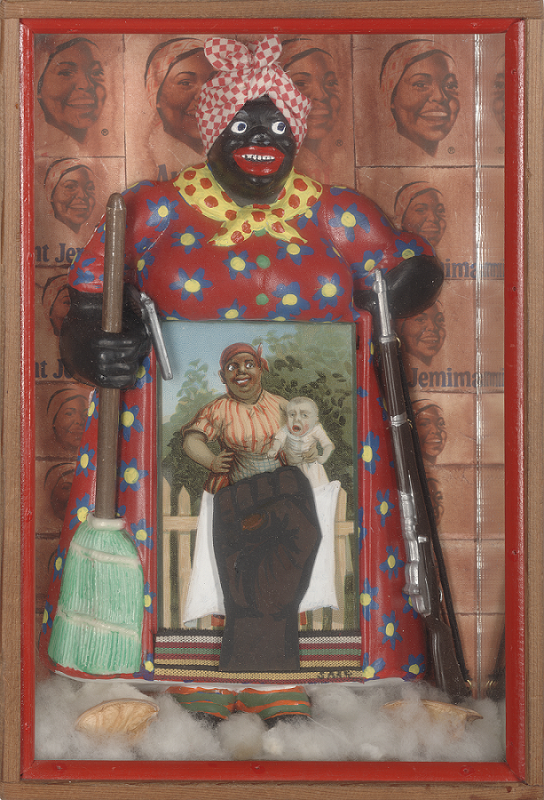
Empowerment through Art
In this activity, students will analyze assemblages created by Betye Saar, as well as the Jim Crow era imagery that Saar reclaimed in her work. They will choose a social or political issue that women advocated for in the 1960s and 70s that still resonates today and create their own assemblages. Students will consider the political statements that Betye Saar made with her artwork, and the significance of each element of their work.
Go to Resource: Empowerment through Art


